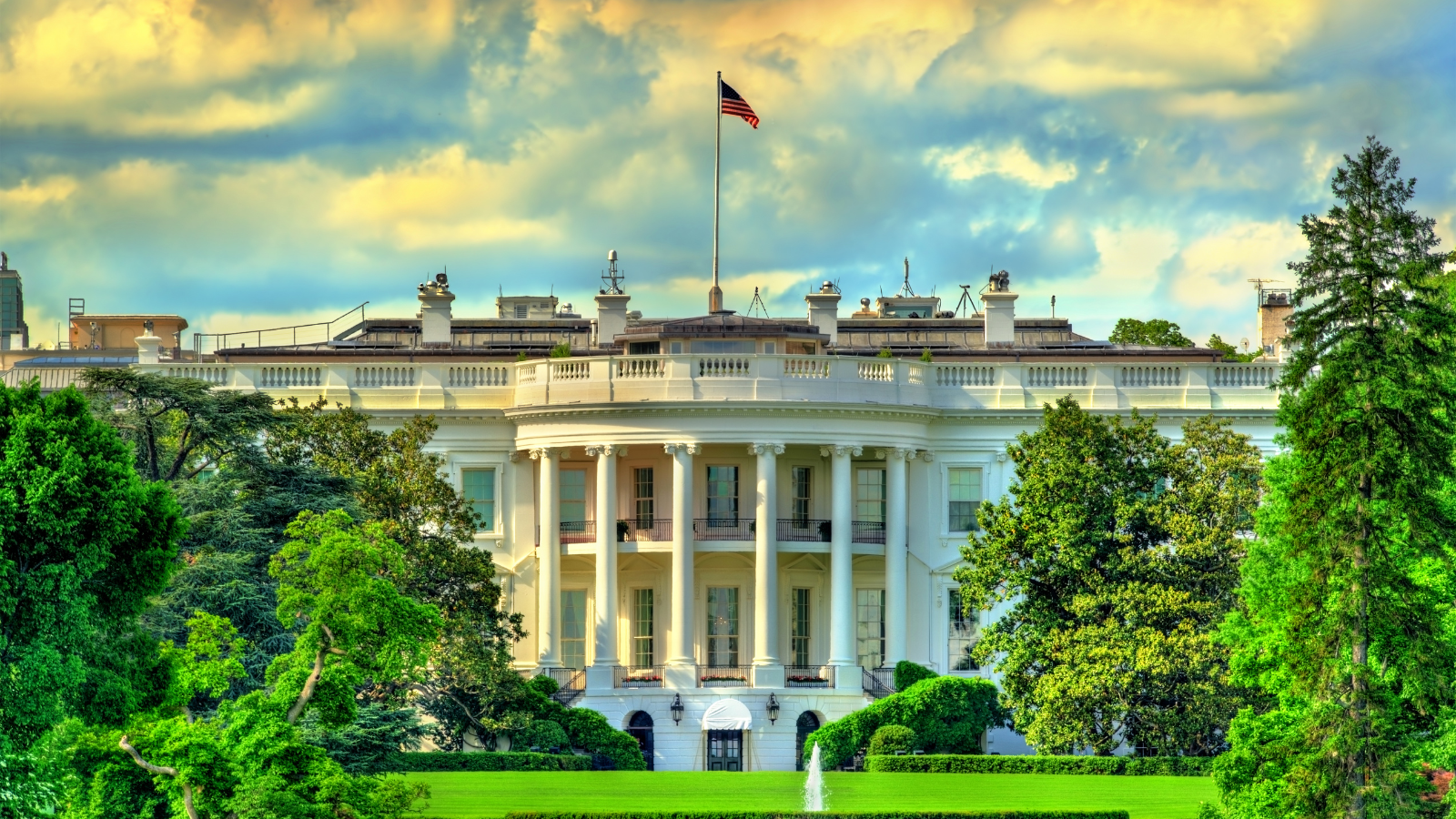UPS lays off unspecified number of Teamsters union junior drivers
Citing the so-called “22.4 classification” in the UPS-Teamster contract, the company has sent an unspecified number of junior drivers packing. The classification refers to junior drivers that work for the company Tuesday through Saturday, and UPS advised the press that due to “uneven demand”, the drivers needed to be reassigned. The reason that the move may be made is that according to the contract, junior drivers should be laid off because any senior drivers are affected.
The Teamsters union has opposed the "22.4 classification" in the UPS-Teamster contract because it allows UPS to pay lower wages to part-time workers who are hired after August 1, 2018, compared to the wages of full-time workers who perform the same duties. The "22.4 classification" refers to a hybrid position that combines both driving and delivery duties, which was created in the 2018 contract negotiations between UPS and the Teamsters. The union argues that this classification undermines the traditional seniority system and creates a two-tiered wage structure that unfairly disadvantages newer part-time workers. Teamsters has been pushing for UPS to eliminate this classification and provide equal pay and benefits to all workers who perform the same job functions.
United Parcel Service (UPS) has reported a better-than-expected quarterly profit, navigating through softer package delivery demand with strategic cost reductions and focusing on high-margin sectors.
FedEx and UPS have introduced Delivery Area Surcharges (DAS) in 82 additional ZIP codes across the US, covering nearly 1% of the population.
In the fast-paced world of logistics, FedEx and UPS are making some big changes.
Oh, Canada! UPS is launching a new Saturday home delivery service in key Canadian markets, starting with Toronto and expanding to Greater Vancouver, Montreal, Calgary, and Laval by March.
UPS is scaling back package sorting shifts and reducing staff at facilities in Connecticut, Maryland, and Oregon due to decreased demand for package delivery.
United Parcel Service (UPS) is exploring options, including a potential sale, for its brokerage unit, Coyote Logistics.
UPS is set to cut 12,000 jobs in a cost-saving move aimed at reducing expenses by $1 billion.
UPS and FedEx have decided to extend their demand surcharges for additional handling and large packages, despite lower year-over-year volumes.
UPS is gearing up for the holiday season by planning to hire more than 100,000 workers, a number consistent with its hiring levels over the past three years.
The recently ratified labor contract between UPS and the International Brotherhood of Teamsters is expected to exert wage pressure on other logistics companies, including FedEx.
Since securing a $30 billion contract over five years, United Parcel Service (UPS) has experienced a surge in interest from job seekers.
The Teamsters and UPS have reached a tentative labor agreement, averting a potential strike that could have disrupted the supply chain.
Despite the looming threat of a UPS strike, many companies have not shifted their package volumes to other carriers.
A potential strike by 340,000 unionized workers at United Parcel Service Inc. (UPS) has the U.S. economy on edge, as it could intensify two significant challenges: inflation and supply-chain disruptions.
As negotiations between UPS and the Teamsters Union continue, the possibility of a strike is already having an impact on the logistics sector.
Negotiations between UPS and the Teamsters Union have resumed after a pause, bringing hope to UPS shippers.
With the July 31 strike deadline approaching for Teamsters at UPS, concerns are growing about the potential impact on the supply chain and the economy.
Negotiations between UPS and the Teamsters union, representing 340,000 workers, have reached a standstill, with a looming July 31 deadline for a new contract.
A potential 10-day strike by UPS workers in the US could have significant economic consequences, estimated to cost the country $7.1 billion, according to an analysis by Anderson Economic Group.
The ongoing contract negotiations between UPS and the International Brotherhood of Teamsters have reached an impasse primarily due to differing proposals regarding part-time employee wages.
The US Courier, Express, and Parcel (CEP) market has seen a decline in demand and a shift in consumer spending patterns, leading to decreased package deliveries.
The 1997 UPS strike exposed the risks associated with relying on a single carrier for business operations, impacting companies across various sectors.
The International Brotherhood of Teamsters has declared that a nationwide strike at UPS is imminent after union negotiators abruptly left national contract talks with the company.
FedEx does not expect any significant benefits from the ongoing labor negotiations between UPS and the International Brotherhood of Teamsters, according to EVP and Chief Customer Officer Brie Carere.
ABF Freight System has disclosed the details of its recently reached tentative agreement with its unionized workforce.
Negotiators for UPS and the International Brotherhood of Teamsters (IBT) have reached an agreement to improve working conditions for UPS drivers.
Parcel consultants anticipate significant rate increases of 6% to 10% in base rates and accessorials charges for 2024.
The potential strike by UPS workers has raised concerns about the disruption it could cause to e-commerce and the broader supply chain.
UPS aims to become the leading healthcare logistics provider in the world, according to CEO Carol Tomé.































United Parcel Service (UPS) reported a disappointing start to the year with first-quarter earnings revealing a 5.3% drop in revenue and a 31.5% plunge in operating profit compared to last year.